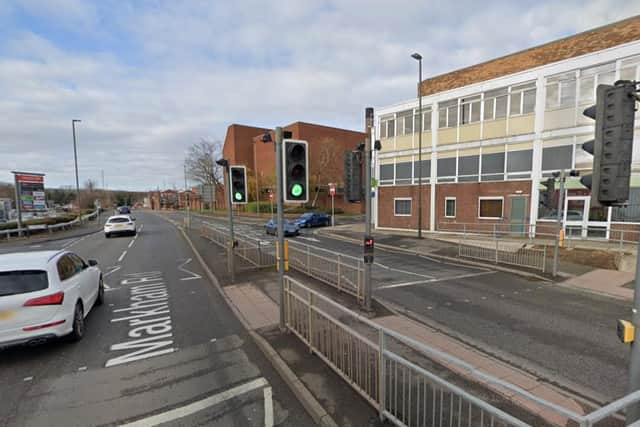This is why some pedestrian crossings in Chesterfield don't make a beeping sound
and live on Freeview channel 276
It comes after one resident, who wished to remain anonymous, hit out at the authority who they alleged “are not focused on keeping the public safe” while using crossings such as those on Stephenson Place and Markham Road in the town centre.
They expressed their concern for the safety of those who are visually impaired or blind, saying they are at “greater risk of injury or death as they could step into the road at the wrong time.”
Advertisement
Hide AdAdvertisement
Hide AdDerbyshire County Council the authority responsible for Chesterfield’s roads, has now offered an explanation as to why some crossings are not audible when pressed.


"Junctions which have multiple crossing points do not have crossings that beep because pedestrians could hear the beeps from a different crossing point, assume it was a signal for them to cross and step out into the road when it's not safe to do so,” a spokesperson for the authority said.
"This is common practice in line with national guidance and rotating cone devices under the push buttons can be used by pedestrians as an alternative to signal when it’s OK to cross."
The cones were invented by Nottingham University in the 1980s but didn’t begin to appear until 1989.
Advertisement
Hide AdAdvertisement
Hide AdThey are added to the boxes post-manufacture by a company called Radix, which has sold around 10,000 units per year since 1995.
When the green man lights up, the cone starts to spin so people who are visually impaired or deaf-blind know that traffic has stopped and they can cross safely.